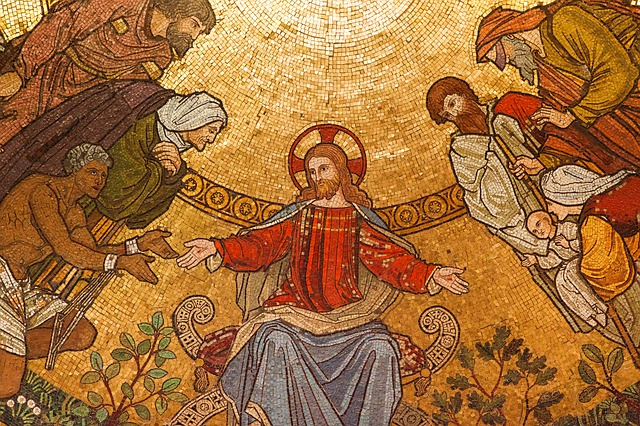
A group of archaeologists from Israel have discovered an ancient church in a neighbourhood on the west of Jerusalem. As per the researchers this discovery, which includes some amazing mosaic artwork, belonged to the Byzantine-era which existed from 330 to 1453 CE. It should be mentioned that after three years of excavation program, Israel Antiquities Authority (IAA) exhibited some of the ancient artefacts which were found from the nearly 1,500-year-old church.
It should be mentioned that the dazzling colours and distinctive aesthetic of mosaic artwork have mesmerised many since ancient times and the first evidence of mosaic art was found in a Mesopotamian temple dating back to the 3rd millennium BC. Now, archaeologists discovered several elaborate mosaics showcasing birds, plants and fruits as well as colourful frescoes on the walls of the Byzantine-era church.
As per the researchers, who announced the news about this discovery last week, the newly found church was also elaborately designed, including a calcite flowstone baptismal and a marble chancel. During the research, the archaeologists discovered one mosaic floor which showcases an eagle, which is actually a symbol of Byzantium. The empire varied in size over the centuries, at one time or another, possessing territories located in Greece, Italy, the Balkans, Levant, Asia Minor and North Africa.
Benjamin Storchan, the excavation's director said, "We know of a few hundred churches in the Holy Land but this church by far surpasses most of them by its state of preservation and the imperial involvement which funded it."
However, further research revealed a courtyard, where archaeologists found an inscription which stated that the site is dedicated to a "glorious martyr." The experts believe that the basement below the main area of the Byzantine-era church may have contained the martyr's remains. As per, Storchan the martyr's identity is still unknown, "but the exceptional opulence of the structure and its inscriptions indicate that this person was an important figure."
Another inscription found on the location allowed the archaeologists to discover that a Byzantine emperor, known as Tiberius II Constantinus, who ruled from 574 to 582, helped to fund the church's expansion. Experts believe that this site was a popular pilgrimage before it was abandoned during the Muslim Abbasid caliphate in the 9th century AD.
It should be mentioned that the entrance of the church was sealed with heavy stones following the fall of the Empire. But the excavators moved these heavy stones which led them to unveil glass lamps and a piece of the vault where the nameless martyr is believed to have been buried.









